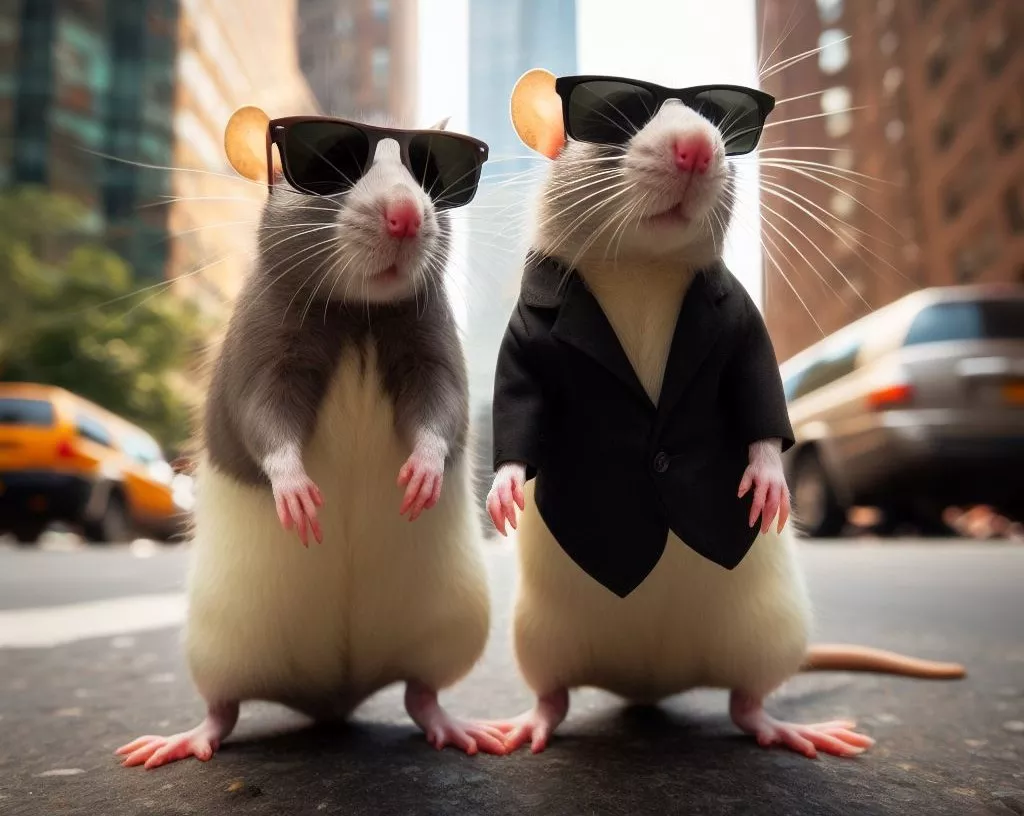New York City, often referred to as The Big Apple, is a vibrant and bustling metropolis that attracts millions of tourists each year.
While the city's iconic skyline, diverse culture, and world-renowned attractions are major draws, there's an unexpected player that can influence the experience of both residents and visitors alike – rats.
These rodents, though often overlooked, can have a substantial impact on the travel and tourism industry in New York City. Rat sightings, particularly in crowded tourist areas, can create a negative image of the city.
Visitors might associate these encounters with poor sanitation, potentially affecting their overall perception of the city's cleanliness and safety. This negative perception could be shared through travel reviews, social media, and word-of-mouth, potentially dissuading others from visiting.
However, New York City is now so overrun with rats that tour guides are offering trips to see the worst rodent-infested areas. “Rat tourism” is the latest attraction to be launched in the Big Apple, with savvy chaperons capitalizing on the invasion of the disease-spreading vermin. Some are offering walks across the boroughs, including to Central Park, the subway system, near the Rockefeller Centre, Times Square and Chinatown.
Meanwhile tens of thousands are tuning into 'RatTok' -TikTok channels taking viewers through the city showing how many rats are living alongside New Yorkers. The rat infestation has become so bad that Mayor Eric Adams was forced to appoint a 'rat tsar' with the official title of 'director of rodent mitigation'.
Rats are known vectors for various diseases, and their presence in public spaces can raise health concerns. While the city takes extensive measures to control rat populations, the challenge of managing a metropolis as large and complex as New York City is immense and tourists, especially those unfamiliar with the local efforts to control pests, may be uneasy about the potential health risks associated with rat-infested areas.
Tourists often explore the city by foot, enjoying its parks, open spaces, and iconic landmarks. However, if these areas are plagued by rat infestations, visitors may feel hesitant to engage in outdoor activities. Popular spots like Central Park or the High Line could lose their appeal if rat sightings become more prevalent.
Rats are notorious for their gnawing habits, which can lead to damage to infrastructure. From nibbling on electrical wires to burrowing through walls, these rodents can compromise the structural integrity of buildings and public spaces. This damage might result in closures, repairs, and disruptions to popular tourist attractions, affecting the overall visitor experience.
The travel and tourism industry is a significant contributor to New York City's economy. Any negative impact on the city's reputation as a tourist-friendly destination can have economic repercussions. Reduced tourist numbers may lead to a decline in revenue for local businesses, including restaurants, hotels, and souvenir shops.
Recognizing the potential consequences of rat infestations, the city has implemented various mitigation strategies. These include increased pest control measures, public awareness campaigns, and efforts to improve sanitation in key areas.
However, the sheer size and complexity of New York City present ongoing challenges in managing rat populations effectively. While New York City's rat population may not be the first thing that comes to mind when thinking about travel and tourism, it undeniably plays a role in shaping the city's image and visitor experience.
Efforts to control and mitigate rat infestations are essential to safeguard the reputation of this iconic destination. By addressing these challenges head-on, the city can continue to provide a positive and memorable experience for residents and tourists alike, ensuring that the Big Apple remains a top destination on the global stage.











